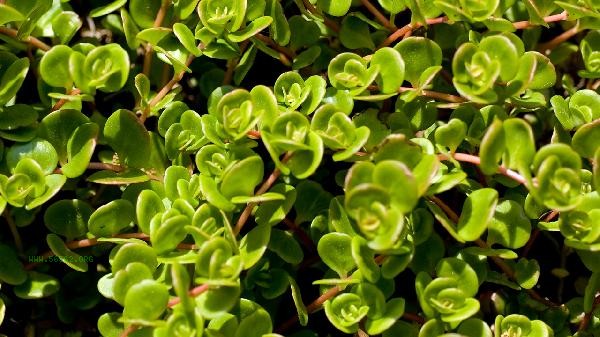The focus of health preservation varies throughout the year, with spring being suitable for nourishing the liver, summer for nourishing the heart, autumn for nourishing the lungs, and winter for nourishing the kidneys. Four season health preservation requires following natural laws and adjusting diet and daily life according to climate characteristics, mainly including soothing the liver and relieving depression in spring, clearing heat and dampness in summer, nourishing yin and moistening dryness in autumn, and warming up yang energy in winter.
1. Soothing the liver and relieving depression in spring
In spring, all things are born and the human liver qi is vigorous. It is advisable to choose foods that are warm and fragrant to help promote yang energy, such as seasonal vegetables like chives, toon, and shepherd's purse. Moderate consumption of medicinal and edible ingredients such as goji berries and chrysanthemums can soothe the liver and improve vision. Avoid excessive consumption of sour foods to suppress liver qi, while ensuring sufficient sleep to help liver blood return to storage. Spring is prone to allergic diseases, and individuals with allergies should reduce their exposure to pollen.
2. Clearing heat and dispelling dampness in summer
Summer heat and dampness steaming can easily deplete heart qi. You can eat more ingredients such as bitter gourd, winter melon, lotus leaves, etc. to clear heat and relieve summer heat, and pair them with red beans, coix seed, etc. to promote diuresis. Properly supplementing potassium rich bananas and spinach to prevent electrolyte imbalance. Avoid vigorous exercise during high temperature periods and replenish diluted salt water promptly after sweating. Patients with cardiovascular and cerebrovascular diseases need to pay special attention to heatstroke prevention and cooling.
Thirdly, nourishing yin and moistening dryness in autumn
When autumn dryness is in season, it can easily damage lung yin. It is advisable to eat white foods such as Tremella fuciformis, lilies, and lotus roots to moisten the lungs and promote diuresis. Nuts such as almonds and walnuts can also moisten the intestines and promote bowel movements. Pay attention to keeping warm and preventing colds when there is a large temperature difference between morning and evening. Use a humidifier indoors to relieve autumn dryness. Patients with chronic respiratory diseases should take precautions in advance.
4. Winter Warm Supplementing Yang Qi
Winter Yang Qi is stored inside, suitable for warm supplementation. Moderate consumption of isothermal ingredients such as lamb, longan, and black sesame can be combined with medicinal herbs such as Angelica sinensis and Astragalus membranaceus to enhance the nourishing effect. Pay attention to keeping warm but avoid excessive heating, and maintain moderate exercise to promote blood circulation. Hypertensive patients need to control their intake of high salt, high-fat, and warm foods.
Nourishing the spleen and stomach throughout the four seasons
The spleen and stomach are the foundation of postnatal care and require maintenance throughout the four seasons. Eat regularly until 70% full to avoid spleen damage caused by raw, cold, greasy foods. In spring, yam can be eaten to invigorate the spleen and stomach. In summer, ginger can be used to warm the middle and prevent nausea. In autumn, pumpkin can be eaten to supplement the middle and nourish qi. In winter, red dates can be chosen to invigorate the spleen and nourish the blood. People with weak spleen and stomach should eat small meals and chew slowly.
Four season health preservation should follow the natural laws of spring, summer, long autumn, harvest, and winter storage, and be adjusted according to individual physical differences. In addition to dietary adjustments, one should maintain a regular schedule and moderate exercise. In spring, it is advisable to exercise and take a walk in the morning, in summer, choose swimming and yoga, in autumn, it is suitable for hiking and cycling, and in winter, indoor Tai Chi can be used. During the transition between different seasons, it is necessary to make transitional adjustments, such as focusing on strengthening the spleen and dispelling dampness at the turn of summer and autumn, and paying attention to wind and cold prevention during the transition between winter and spring. It is recommended to conduct regular identification of traditional Chinese medicine constitution every year and develop targeted seasonal rehabilitation plans.





Comments (0)
Leave a Comment
No comments yet
Be the first to share your thoughts!